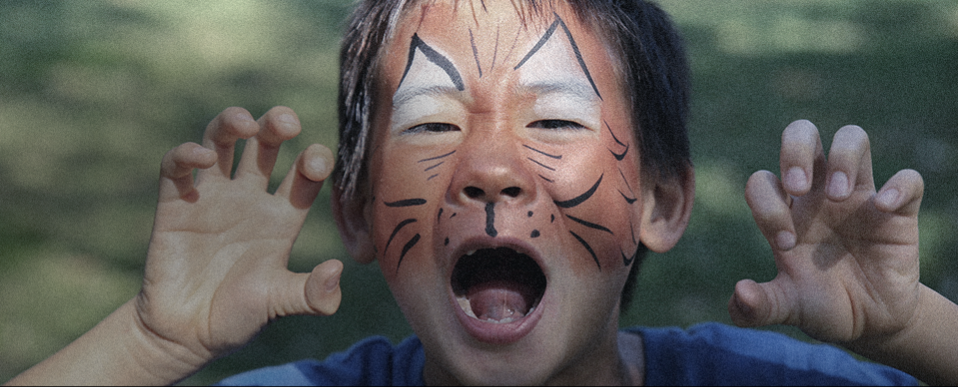How MagnusCards facilitate experiential learning and excitement about nature
–
In the heart of Toronto, Canada, 5,000 animals are waiting along 10 kilometres of trail. They’re slipping through crannies of a coral reef and emerging from the depths of the icy water. They’re laying patiently among the grasses, and effortlessly leaping between tree limbs overhead.
It’s a jungle out there, so to speak. But according the Toronto Zoo, that jungle should be accessible to everyone.
The Toronto Zoo is the first zoo to partner with MagnusCards. Visitors with cognitive special needs can experience the 710-acre environment with the use of digital how-to guides, called Card Decks. With the help of an app, visitors can flip through the Card Decks that guide them through a full Toronto Zoo experience — from the admission gate to the African rainforest.
“The zoo is a place for anyone and everyone to enjoy. With MagnusCards, people can feel welcome and empowered when visiting,” says Heather House, education manager at the Toronto Zoo. “They offer structured guidance through every step of the way.”
For the Toronto Zoo, that guidance is unique. Card Decks cover both the mechanics of visiting a zoo — purchasing tickets, managing expectations about crowds, how to ask for help — as well as the diverse environments inside.
“MagnusCards are simple, directional guides and educational content but they’re also linked together with a theme,” says House. “The guides focus on the environment and the design or behaviours of plants and animals.”
The Indomalayan Card Deck walks the user through the interactive rhino exhibit, as well as the distinct features of a rhino’s body. The African rainforest Card Deck encourages a scavenger hunt-style adventure between the gorillas, hippos and lemurs — oh my! And in the tundra, visitors can look to their Card Deck for tips about the sensory setting, including a simulated mosquito swarm, and a lengthy outdoor path.
According to House, this approach to MagnusCards development was intentional; meaningful interaction with the zoo’s flora and fauna is a fundamental part of the visit.
“There’s no better way to connect with nature than hearing, seeing or smelling the real thing,” she says.
The zoo’s commitment to interactivity and individual experience is embedded in their accessibility efforts.
“We want new audiences to feel comfortable exploring the zoo — making their own connections with nature and wildlife is an important part of that,” says House.
To foster that exploration, every exhibit is teeming with volunteers and staff members who are ready to offer guidance. Discounted rates are available to visitors with cognitive special needs and care workers are granted complimentary admission.
Once inside the gates, visitors can explore everything from the majesty of a lion to a playful young lemur, on their own, or with the help of experience-filled Card Decks. But when granted access to the Toronto Zoo, visitors will likely leave with more than the memories of the animals encountered. “When people experience the Zoo, they learn about the important work we’re doing, our conservation efforts and our excitement about nature and animals,” says House. “MagnusCards help us share that with all members of the community.”

